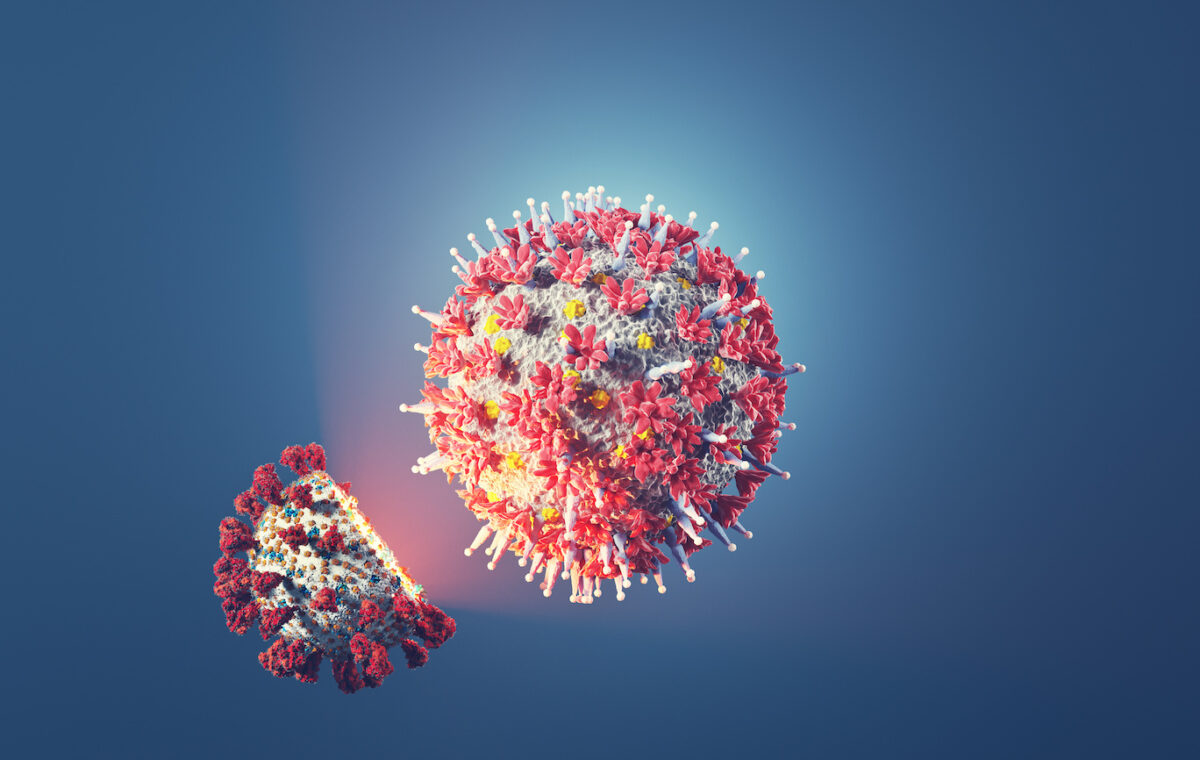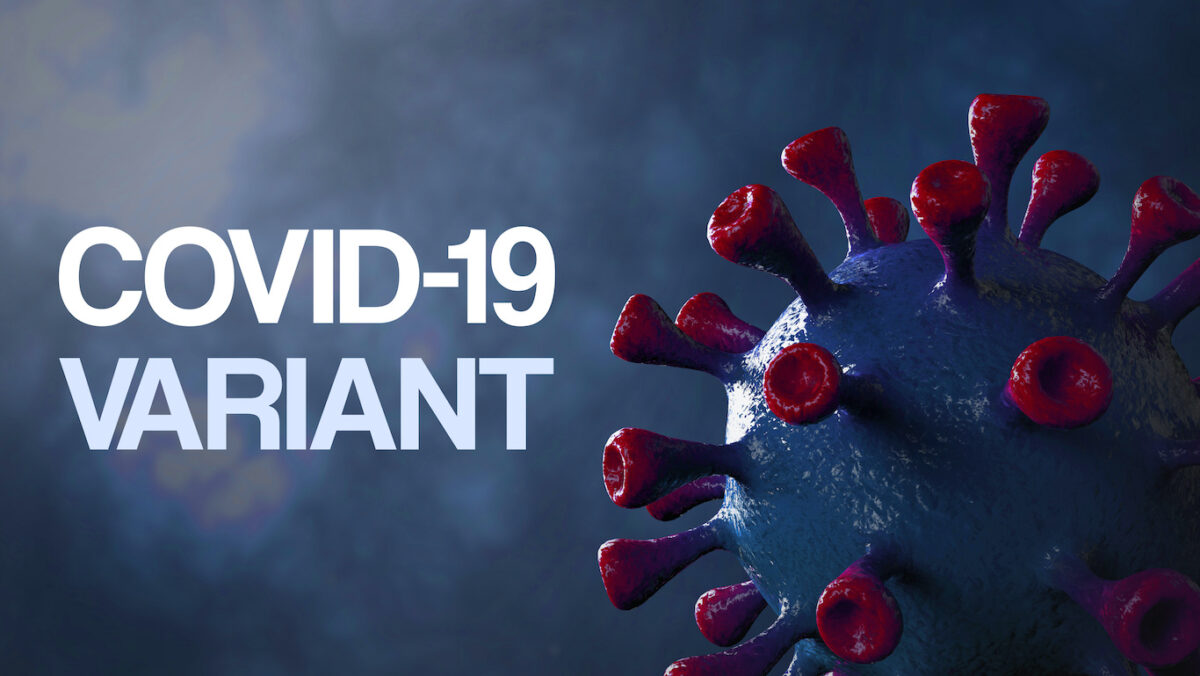The Mystery of Virus Mutation?

Virus Mutation?
Viral mutations occur when viruses, which cannot reproduce on their own, infect a host and use the host’s cellular machinery to reproduce themselves. During this process, the genome, which is made of either DNA or RNA, depending on the type of virus, is replicated (copied). When the genome of any species is copied, errors naturally and randomly occur. Such errors, or mutations, may be insignificant and have no effect on the organism’s ability to survive. Other mutations, however, may either strengthen or weaken the organism by increasing or decreasing its ability to survive. Those mutations which help an organism to survive and thrive will tend to be passed on to subsequent generations and may become the dominant variant. This is how genetic evolution occurs.
Variations?
Mutations occur especially frequently in viruses, because viruses mutate so quickly. RNA viruses are particularly prone to such replication errors, because viral RNA, unlike human DNA, generally lacks an error correcting mechanism. Interestingly, the coronavirus is somewhat different. Although it is an RNA virus, the coronavirus has an enzyme which can correct some replication errors. This makes the coronavirus more stable, and this made it easier for scientists to develop a coronavirus vaccine. The influenza virus is a more typical RNA virus in that it mutates very rapidly, which is why a new influenza vaccine is designed every year to protect us against new variants.

Antigenic Drift?
Viral evolution through the accumulation of random mutations is antigenic drift. Viral evolution can also occur via antigenic shift. Antigenic shift occurs when two different variants of a virus, which may normally infect hosts of different species, combine in a host, perhaps from a third species, and form a novel variant, such as the COVID-19 novel coronavirus, which led to a pandemic. Crowded conditions in which different species are brought together in close proximity increase the risk of such novel variants.
Viral mutation presents a potential risk to humans. When viruses invade a host, they reproduce very rapidly, giving rise to new mutations, some of which may be significant and may increase the virus’s ability to infect new hosts, reproduce themselves, and evade destruction by their host’s immune system. Preventing viral infections through vaccination or other methods of infection control results in less viral reproduction and a lower risk of new mutations which can make a virus more infective, more harmful to its host, or more resistant to destruction.
Read more about this here!
Summary:
- Mutations occur during copying of viral DNA/RNA, which can be errors or improvements.
- Mutations can:
- Be insignificant.
- Strengthen the virus (increased infectivity, reproduction, immune evasion).
- Weaken the virus.
- Be passed on to future generations, influencing evolution.
- RNA viruses mutate more frequently than DNA viruses due to lack of error correction.
- Types of viral evolution:
- Antigenic drift: Gradual accumulation of random mutations.
- Antigenic shift: Combining of different viral variants to form a new one.
- Mutation risks for humans:
- New mutations may increase virus infectivity, harmfulness, or resistance.
- Preventing infections reduces mutation chances.

This article reviewed by Dr. Jim Liu, MD and Ms. Deb Dooley, APRN.
There’s nothing more important than our good health – that’s our principal capital asset.
#medical #telehealth #umedoc






